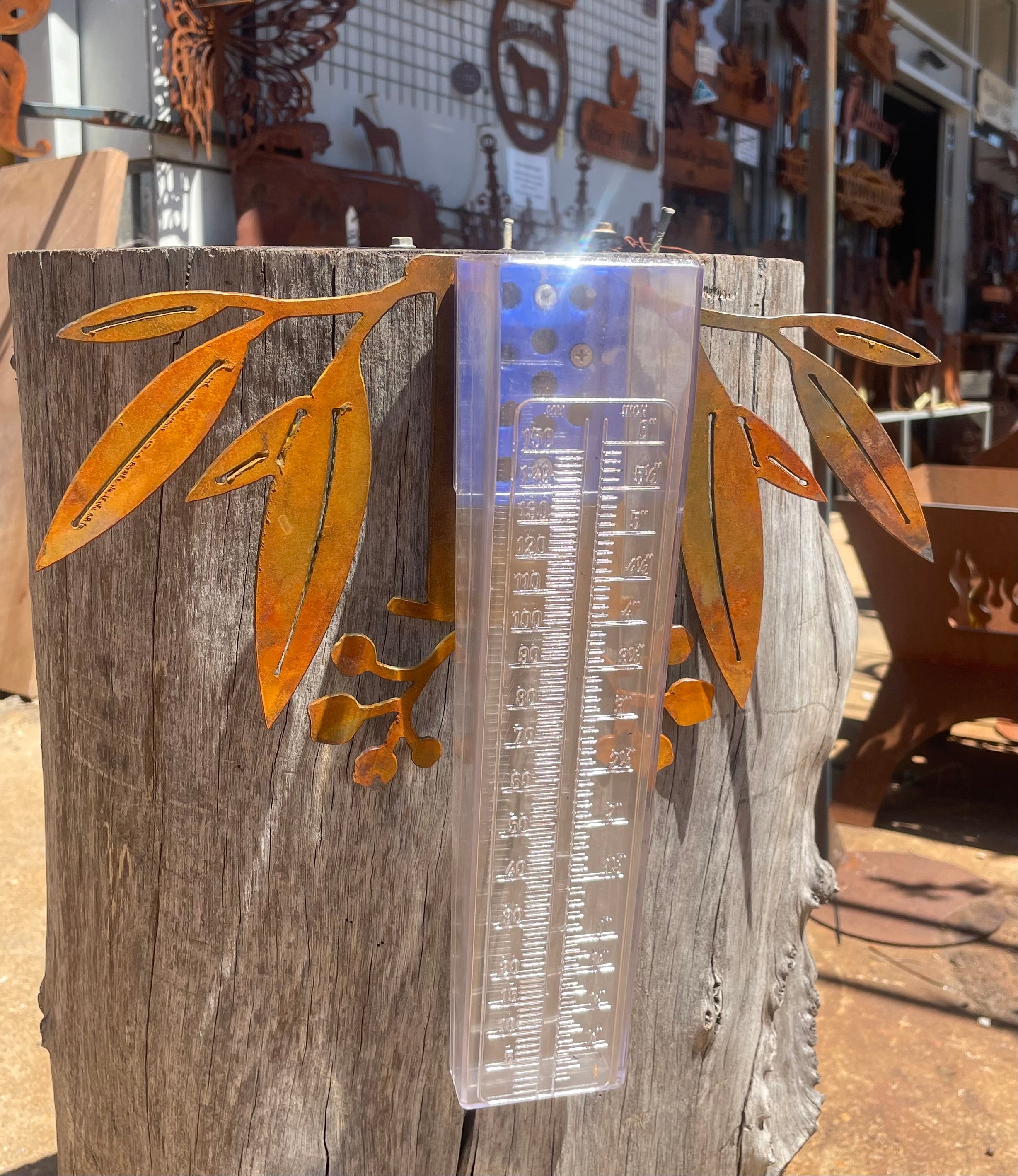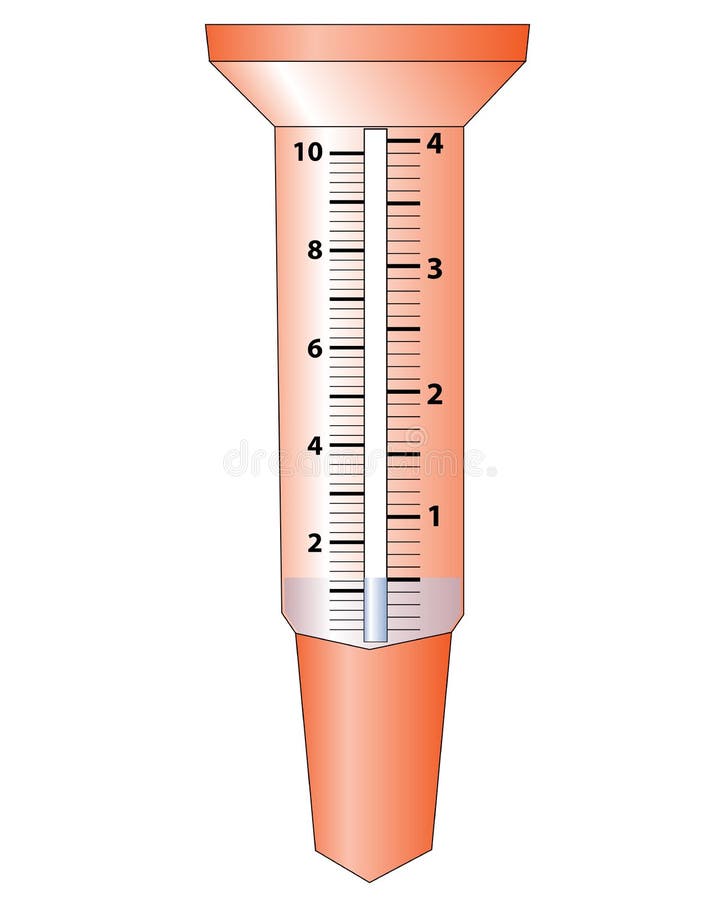Unveiling the Science Behind Rainfall Evaluates: How These Instruments Play a Crucial Duty in Environment Research Study and Environmental Monitoring
Rainfall evaluates, relatively simple tools, hold a profound significance in the world of climate study and environmental surveillance. As we peel back the layers of this clinical veil surrounding rain determines, we discover a globe where accuracy, data accuracy, and precise observation assemble to reveal a much deeper understanding of our changing environment and its impact on the world.
Significance of Rainfall Scales
Rainfall gauges play an essential function in monitoring and determining precipitation degrees, offering vital information for environment study and evaluation. These gadgets are essential in evaluating the amount of rainfall that takes place in a specific location over a specific duration. By determining and collecting rainwater, rainfall assesses offer important understandings right into the distribution and strength of rainfall, helping meteorologists, hydrologists, and climatologists in recognizing weather condition patterns and fads.
One of the vital reasons rain gauges are critical is their ability to provide accurate and localized data. Unlike satellite or radar-based dimensions, which use wider observations, rainfall assesses offer precise information particular to the place where they are placed. This local information is important for various applications, including flooding projecting, drought tracking, and water source monitoring. In addition, lasting data collected from rainfall determines aids in examining climate modification influences and patterns, contributing dramatically to scientific study and decision-making processes. Essentially, rain determines act as important devices in the field of meteorology and ecological science, playing an essential role in advancing our understanding of weather condition and environment characteristics.
Sorts Of Rain Gauges

Performance and Procedure
In the world of environment study and meteorological studies, the efficiency of rain assesses depend on their elaborate functionality and exact functional devices. Rainfall determines are designed to properly determine the amount of rainfall that tips over a particular area during a set duration. These gadgets normally consist of a funnel that gathers rainwater and networks it into a gauging tube. The gauging tube is marked with calibrated dimensions that enable for the precise metrology of rainfall.
The capability of rainfall assesses is based on the principle of accumulating and gauging rainwater in a standardized fashion. This gathered information is essential for understanding neighborhood weather patterns, tracking long-term climate trends, and examining ecological effects. To guarantee accurate measurements, rainfall evaluates requirement to be purposefully placed in open locations far from blockages such as buildings or trees that could conflict with the collection process.
The operational facet of rainfall determines includes routine upkeep to stop debris build-up, calibration checks to keep measurement accuracy, and data videotaping for analysis (rain gauge). Overall, the functionality and procedure of rainfall assesses are important for gathering Recommended Reading trusted rainfall information essential to environment study and ecological monitoring
Function in Climate Study
Offered the crucial significance of precise precipitation dimensions in comprehending weather patterns and environmental impacts, the role of rain gauges in climate research is important. Rainfall determines give crucial information for environment research by quantifying the amount of precipitation that tips over a particular area during a provided period. This data is critical for keeping track of long-term trends in rainfall patterns, examining the effect of climate adjustment on rains distribution, and improving environment designs.

Environment researchers make use of data collected from rainfall determines to analyze variations in rainfall degrees, identify regional climate trends, and examine the effectiveness of water source monitoring techniques. By contrasting historic precipitation data with existing measurements, researchers can find shifts in precipitation patterns, such as changes in the frequency or strength of rainfall events. This details is important for understanding exactly how environment modification is affecting rainfall dynamics and can help policymakers make educated choices regarding adjustment and reduction techniques.
Applications in Environmental Monitoring

In flooding projecting, rain gauge data helps to track rainfall intensity and circulation, permitting authorities to release timely cautions and take required steps to mitigate flooding dangers (rain gauge). Drought monitoring relies on rainfall scale data to assess dampness degrees in the soil and track precipitation shortages, aiding in the recognition of drought-prone areas and the execution of drought action strategies
Additionally, rain scale data plays a vital duty in water resource management by providing information on water accessibility and usage trends. This information is made use of to make educated decisions pertaining to water allotment, conservation actions, and lasting water resource preparation. In addition, in farming, rain scale information aids farmers in maximizing irrigation routines, crop option, and total farm administration techniques based upon regional rainfall patterns. Generally, rainfall assesses are essential devices in ecological tracking, supplying valuable insights that add navigate to this site to educated decision-making and lasting source click over here now management.
Verdict
To conclude, rain gauges are essential devices for gauging precipitation, supplying beneficial information for environment study and ecological surveillance. With different types and capabilities, rainfall assesses play a crucial duty in comprehending rainfall patterns and their influence on the atmosphere. By precisely measuring rainfall, these gadgets add to the advancement of scientific understanding and help in making informed decisions pertaining to water resource administration and disaster preparedness.
Rain assesses play an indispensable role in monitoring and gauging rainfall levels, offering necessary data for environment study and analysis. The conventional rainfall gauge, known as the "tipping pail" gauge, is one of the most generally utilized tools. Ultrasonic rain evaluates use audio waves to detect the existence of rainfall, offering real-time information on rainfall levels.Climate researchers use information accumulated from rainfall gauges to analyze variants in precipitation levels, recognize regional environment patterns, and review the efficiency of water source administration methods.In conclusion, rainfall determines are necessary devices for determining precipitation, offering important information for climate study and ecological surveillance.